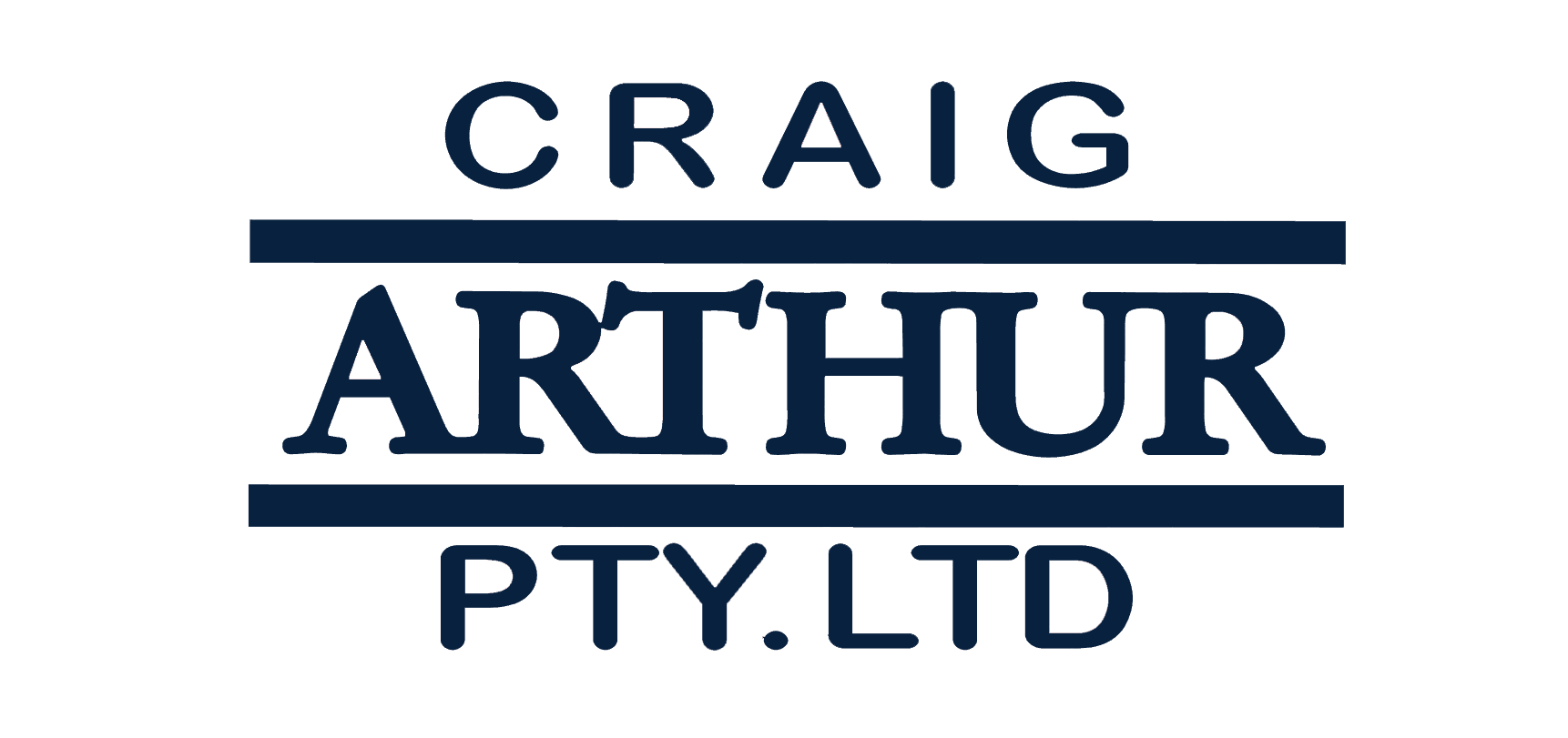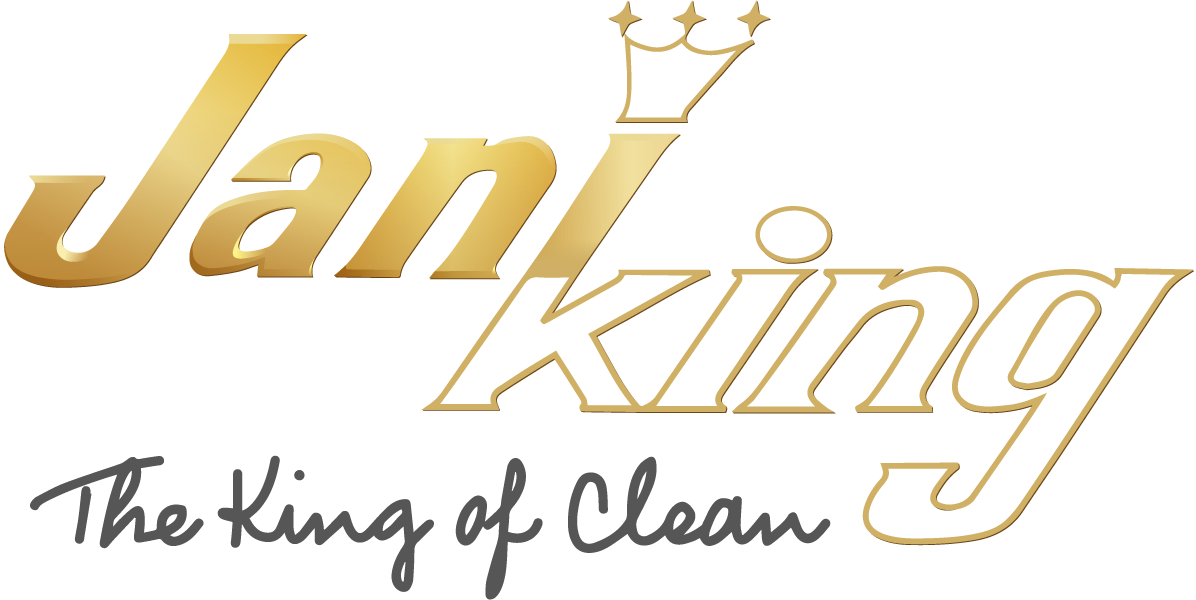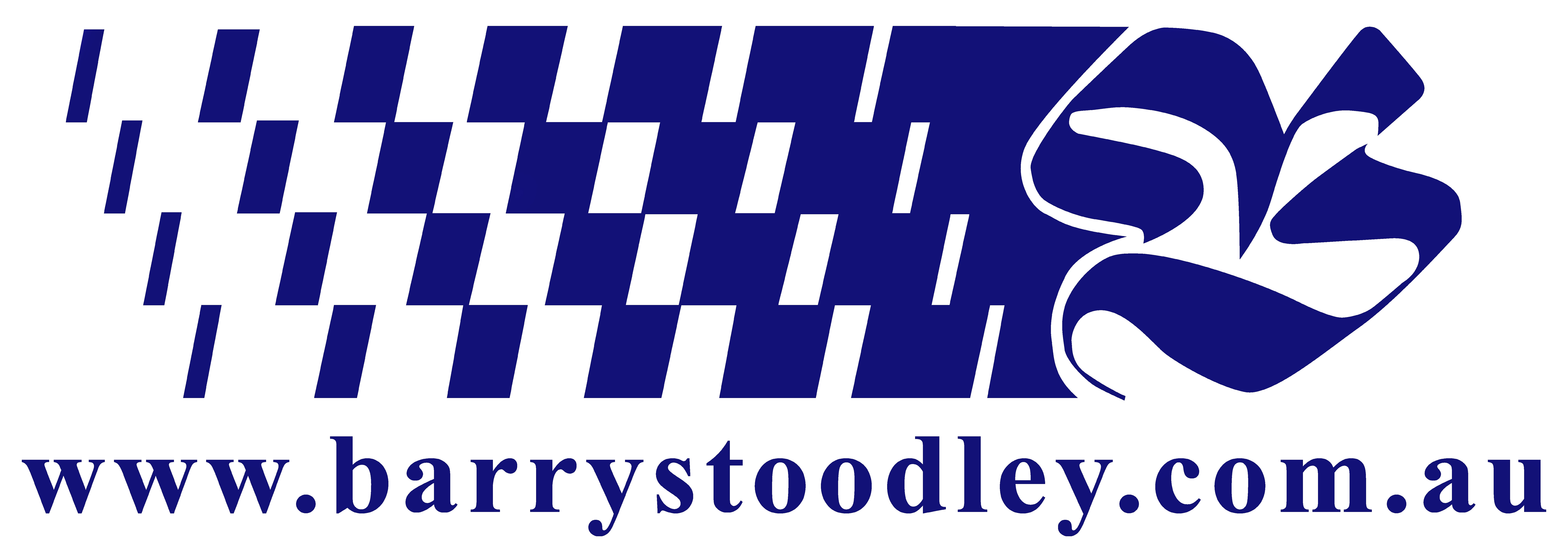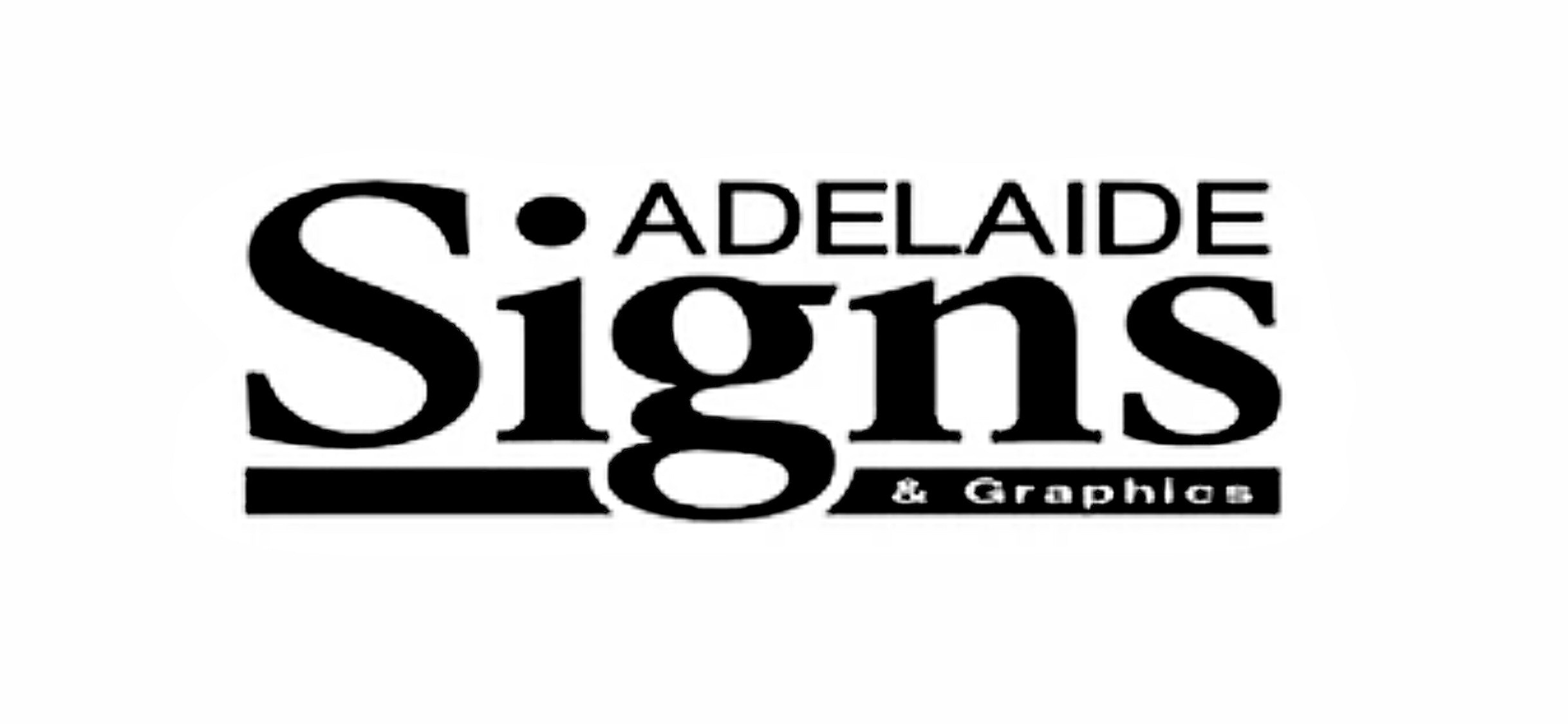West Torrens Football Club History
West Torrens Football Club History
In the 93-year history of the West Torrens Club, many ups and downs were experienced, but with only 4 Premiership titles to display, the loyal support of the Club’s throng of admirers were surely tested over the years. The fact that only a handful of the Titles were gained made them lifetime highlights for players, officials and supporters when they did come along.
First mention of a West Torrens team is made as early as May and June 1879 when results of what must have been scratch matches against South Adelaide and North Adelaide (both these sides were members of the South Australian Football Association) were reported upon in the “Register” newspaper. The colours of the Club at that time were Red. It appears that the Club went by the somewhat strange pseudonym of “The Butchers”, and perhaps this was because the team contained a number of slaughtermen and it seems to have played matches near the West Park slaughterhouse that was situated behind the Adelaide Gaol.
Reference can also be found to an Annual Meeting of the Club at the Squatters Arms Hotel on April 7 th 1881 at which time the colours of the Club were changed to Red and White. A photo does exist in the Hindmarsh Historical Society of a West Torrens team dated 1881.
By 1884 the Club had joined the Adelaide and Suburban Association and had some success in this competition playing in the Red and White uniform. In 1887 the Club joined with West Adelaide and with the addition of blue to its colours played under the name of West Adelaide, but the team dissolved after only one season.
The West Torrens Club, as the fans knew it, had its beginnings from a group of players known as the Port Natives. This was a splinter group of dissatisfied members of the Port Adelaide Football Club, who, in 1894, broke from that Club when unable to get games with Port, and formed their own team known as the Port Natives. This Club was accepted into the Adelaide and Suburban Association and won two Premierships in a row. The success was cut short when the Adelaide and Suburban competition went into a recess. The Port Natives, at their Annual meeting in March 1896, renamed themselves simply “Natives” and were accepted into to South Australian Football Association for that season.
The Natives Club first secretary was John Carr, a member of the Legislative Council and the colours that the Club adopted were Blue and Gold.
G Rimes was the Captain of the team and they finished in fourth position out of five teams. Ironically the team finishing last in that year was Port Adelaide.
With the introduction of district football in 1897, the Club changed its name to West Torrens as it realised that a major number of its players resided in that area. Thus was born the West Torrens Football Club.
The new team trained in a yard behind the Land of Promise Hotel but this was soon found to be inadequate so the players used Port Road as their training track. For the first few years the Club was an itinerant side, playing at other sides home grounds and contesting a fair number of their matches at the Jubilee Oval just near the Adelaide Zoo.
It was not until 1902 that the Hindmarsh Council realising the need of a local Oval started to redevelop an irregular shaped paddock known as “Lindsay’s Circus” which was opened in 1905 as Hindmarsh Oval and the home ground of West Torrens Football Club. This ground was shared with many of the locally based sporting codes but because of its odd shape and lack of available expansion space it was constantly criticised as an Oval not up to the standard for League Football. The Hindmarsh Council spent a lot of pounds in an effort to improve the situation over the years and the Club used the Oval until 1922 when it moved its head quarters to Thebarton Oval.
West Torrens introduction to the South Australian Football Association in 1897 was a baptism of fire, as the SAFA refused to recognize Dr. Ralph Potts, the Club Patron, as one of the Clubs chosen delegates. The reason for this rejection was never explained, however J H Sinclair was chosen to replace him. He resigned the position after making a point of principle at the SAFA meeting while being abused by fellow delegates. John Carr subsequently succeeded him.
As well as that controversy, the team’s on field performance in its first two games, when it failed even to score and could not field a full complement of the allowed 20 men, was hardly a confident beginning. However it prevailed and finished in 6 th position out of 7 teams in the inaugural season.
The team won 3 games, drew 1 (abandoned after quarter time) and lost 13, which included a forfeit.
In newspaper reports on the games the first captain appears to be Fanning but later in the season he was replaced by J Collins.




























